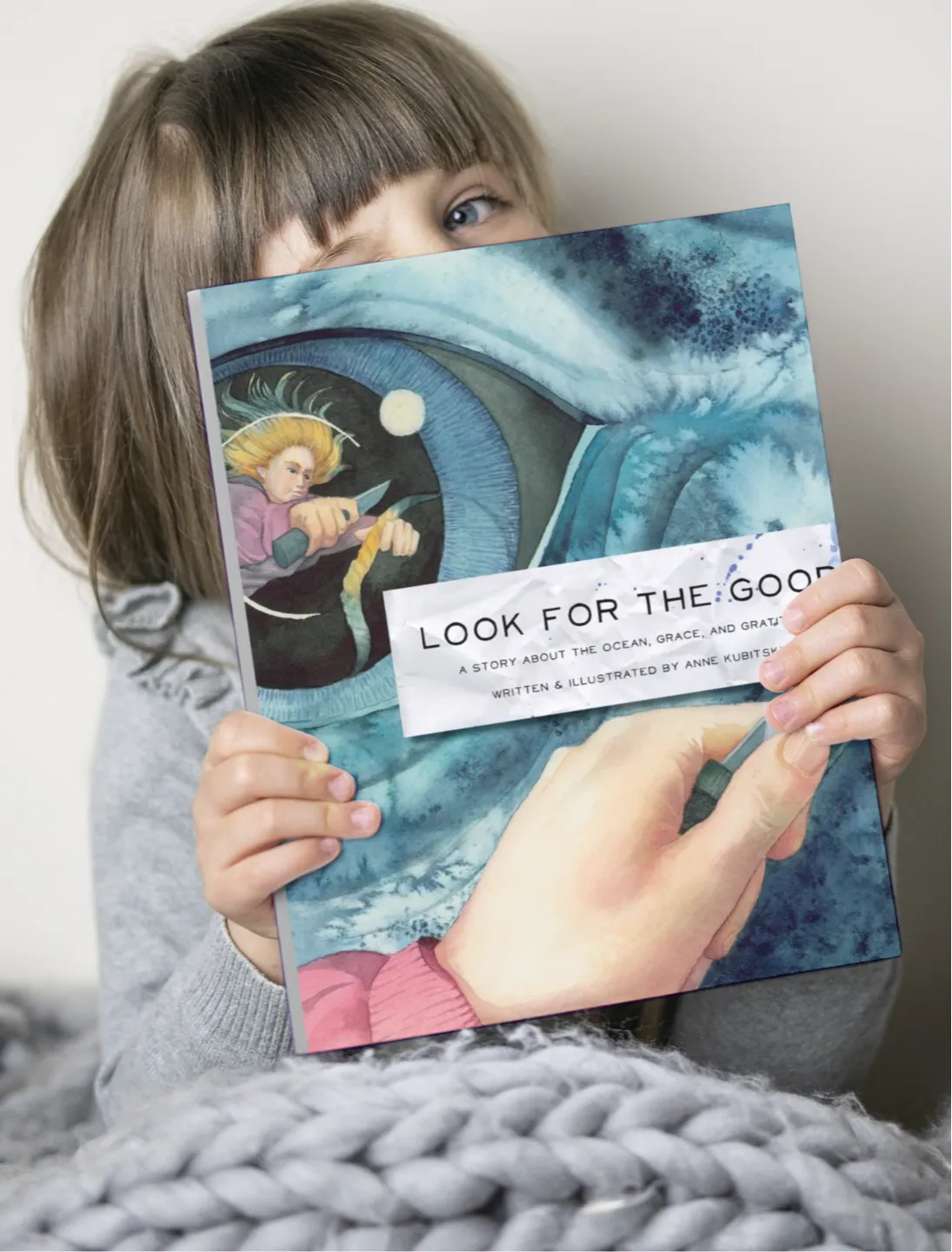My Career Started With A 3600 Mile Bicycle Trek
When I was 16, I took a one-way flight to Seattle and biked my way home through an adventure program for teens. I had spent much of the previous year training for the trip, raising money to pay for it, and getting my parents' permission to go.
I bicycled for two months alongside 6 teenagers and 2 team leaders, who were both under the age of 22. We had no cell phones, no support vehicle, and no google maps. We carried all our supplies, and slept on the ground in city parks, campgrounds, and in the backyards of people we had just met. Our team leaders would outline our daily route on a map the night before, and then we would spread out as solo riders during the day - sometimes biking over 100 miles. Looking back, it was a miracle I didn't get lost because I never carried my own map and trusted that my team leaders would be waiting for me at the next turn in the road.
During that 3600 mile ride, I peddled through some of the most beautiful landscapes in America.
I also muddled through miles of heavy wind and rain, had a gun pulled on me as I cycled past someone's yard, almost got mowed down by a logging truck, and even experienced two fugitives tripping over our tents in the middle of the night while they were fleeing from the police.
This adventure helped me develop the discipline and stamina to do hard things, and also the confidence to do more of them.
My Career Started With A 3600 Mile Bicycle Trek
When I was 16, I took a one-way flight to Seattle and biked my way home through an adventure program for teens. I had spent much of the previous year training for the trip, raising money to pay for it, and getting permission to go.
I bicycled for two months alongside 6 teenagers and 2 team leaders, who were both under the age of 22. We had no cell phones, no support vehicle, and no google maps. We carried all our supplies, and slept on the ground in city parks, campgrounds, and in the backyards of people we had just met. Our team leaders would outline our daily route on a map the night before, and then we would spread out as solo riders during the day - sometimes biking over 100 miles. Looking back, it was a miracle I didn't get lost because I never carried my own map and trusted that someone would be waiting for me at the next turn in the road.
During that 3600 mile ride, I peddled through some of the most beautiful landscapes in America.
I also muddled through miles of heavy wind and rain, had a gun pulled on me as I cycled past someone's yard, almost got mowed down by a logging truck, and even experienced two fugitives tripping over our tent in the middle of the night while they were fleeing from the police.
This adventure helped me develop the discipline and stamina to do hard things, and also the confidence to do more of them.







































